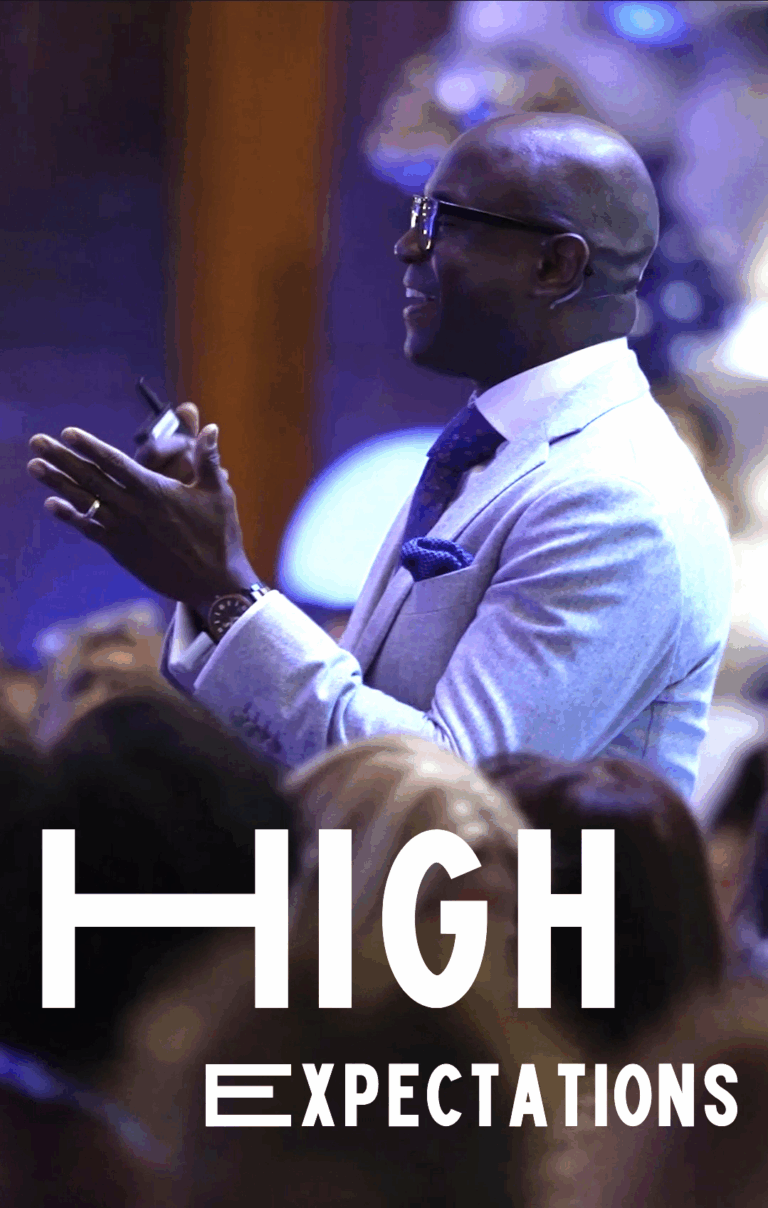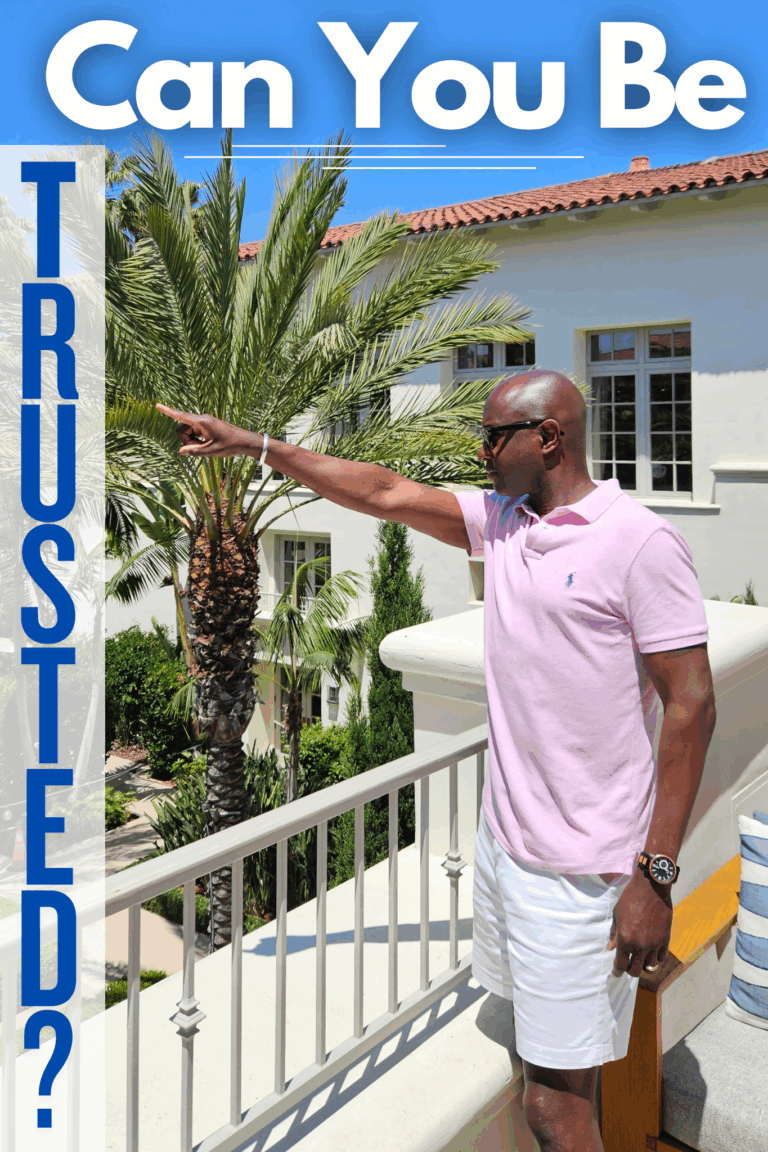
High Expectations
Leadership is not for everyone. It requires a very specific type of person who sees the best in others, and acts on it…consistently. That takes
Share this post:
This excellent article was written by Brian Lassiter, President of the renowned Performance Excellence Network. Many thanks to Brian for sharing this article!
Sometimes the most powerful insights come from the most disastrous experiences. This is particularly true as it relates to poor customer service – something with which, unfortunately, all of us can relate. As Bill Gates once said: “Your most unhappy customers are your greatest source of learning.”
The Rental Car
It was the morning of May 15, probably three or four years ago, as I was standing in the security line at the Minneapolis St. Paul International airport to board a plane for some meetings in Dallas. It was then when I received an email from the car rental company in Dallas, informing me that they did not have a vehicle for me. This, of course, was about 24 hours after receiving an email from them confirming my arrival and my vehicle. While they were excited to see me yesterday, they apparently had a change of heart. The email was something like this…
Dear Mr. Lassiter,
Unfortunately, we are currently experiencing challenges sourcing vehicles in the DFW market, and are therefore compelled to cancel your reservation for 2:00PM today. Please accept our sincere apologies for this inconvenience, as we tried hard to rectify the situation before cancelling your reservation.
Sincerely,
Whatever-His-Name-Was
Customer “Service” Manager at XYZ Car Company
My first reaction was to spot the irony in his job title (quotations mine, of course, for emphasis). My second reaction was: what the heck?! A car rental company doesn’t have cars?! That’s like a grocery store completely running out of groceries or a hardware store having no hardware. “Cars” are in its name for Pete’s sake – that’s all they do is rent cars!! My reservation had been accepted – and confirmed – by the company, but they were now withdrawing their promise (on very short notice: I was to arrive in about three hours) without offering any alternatives. I was a bit miffed, to say the least.
Clearing security, I jumped on my phone to try to find alternatives. Of course, with only three hours’ notice, every other car rental company was booked. Now boarding the plane, I figured I had five or 10 minutes before the doors shut, so I called XYZ Company to see if I could find some solution. I’ll give you one guess what happened. You got it: I got trapped in an automated call tree.
“Press 1 to make a reservation.” No thank you – already did that a few weeks ago.
“Press 2 to change your reservation.” No thank you – you actually did that for me.
“Press 3 to confirm your reservation.” I thought I did, but apparently it was recently un-confirmed.
“Press 4 for emergency roadside assistance.” Not yet, but we may need that later!
“Press 5 to speak with a customer service representative.” I pressed 5, but then listened to music for nine-and-a-half minutes, just enough time to finish three songs of elevator music and then have to hang up as the plane door shut.
When I arrived in Dallas, I proceeded to the XYZ rental counter. Of course, there was a line probably 20 people deep (apparently many of us got the same friendly little email), so I weighed my options. Waiting could be 30 minutes or more (and my meeting was in an hour, about 20 miles away). Since no other companies had vehicles, I did the quick math and transferred to the cab line. Forty minutes and a $65 fare later, I was at my meeting.
I’ll make the rest of my story short. When I returned home two days (and about $200 of cab fares) later, I called the XYZ Company. After waiting on hold for what I think was about 15 minutes, I finally got a human. I told her my story. She did apologize, which I appreciated a little. But she really had no explanation for the vehicle shortage (sometimes customers just want to know what went wrong), and she was very light on remedying the transgressions: she offered a free car upgrade for next time I booked with their company. I usually don’t “negotiate” in these situations, but I didn’t think that was adequate compensation. So I explained that I paid $200 in cab fares – probably double what I would have spent with their rental car – and while the upgrade was a nice gesture, it really did nothing for me to offset my extra costs, let alone my troubles.
Back on hold four minutes; I’m guessing she had to talk to a supervisor. She came back, apologizing again, and offered two free days’ rental. Figuring I had made my point and the offer was a little fairer, I thanked them and hung up, but still largely dissatisfied.
The story has an unsettling ending – maybe one you could have predicted. I never got the two-day coupon I was promised. I’ve never used XYZ company again.
The Cost of Poor Customer Service
The cost of poor customer service is real. I shared these in an article last August, but it’s worth repeating:
If you’re curious, most of those data were compiled by Research Institute of America and CX Solutions (formerly TARP) and published in Research Institute of America for the White House Office of Consumer Affairs.
Good customer service doesn’t just apply to service-oriented businesses. Good service is required by manufacturers, schools, healthcare providers, non-profit and governmental agencies. Every organization has customers (though they may be called something different, like patients, students, stakeholders, or citizens). So every organization therefore has touchpoints that either make or break customers’ perception of the organization. Remember, 90% of dissatisfied customers won’t come back: so there is a huge financial return for those organizations which truly focus on customers rather than just talk about customer service.
What Should Organizations Do?
So what should organizations do to ensure world class service in every customer interaction? Bryan Williams, founder of BW Enterprise and former Global Corporate Director of Training and Organizational Effectiveness at the world-renowned Ritz-Carlton Hotel Company (and closing keynote at PENworks 2017) recently published a book that outlines 30 best practices in customer service. Here are a few:
Those are six solid practices to immediately elevate your organization’s level of service for its customers! If you want to read more about these six (including tools and techniques to improve your effectiveness at each) or if you want to see 24 more, pick up a copy of Bryan William’s book How to Serve a VIP: 30 Tips to Earn & Re-Earn Your Customer’s Loyalty.
Better yet: consider attending a full-day workshop that focuses on implementing and practicing these principles. PEN will host From Great to World Class Service April 26 in the Twin Cities, facilitated by Bryan Williams. You can attend it as a post-conference workshop (PENworks 2017, the region’s largest and most powerful conference focused on continuous improvement and organizational excellence, is April 24-25), or you can attend the workshop by itself.
For more information on the conference, visit here. For more information the customer service workshop, visit here.
By the way, the quote for this article’s title – “He who profits most serves best” – is from Arthur F. Sheldon, creator of the British Institute for Economic Affairs. His wisdom some 100 years ago is still true today.

Leadership is not for everyone. It requires a very specific type of person who sees the best in others, and acts on it…consistently. That takes

Someone recently asked me for advice on how to get a job promotion. I told him to be consistently exceptional at his current job. And also, to